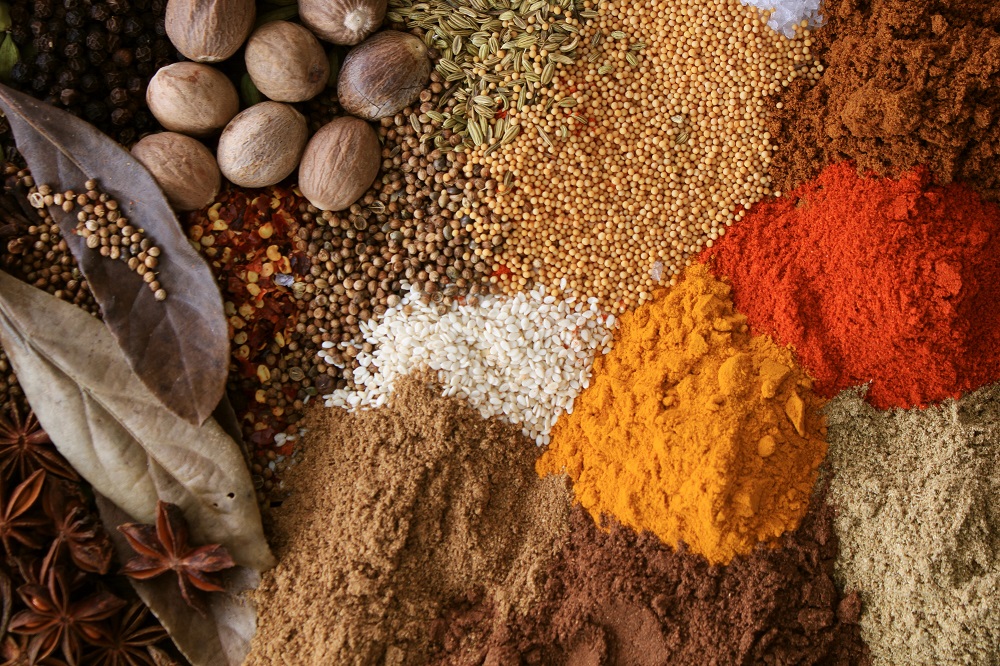Spices have been used for centuries to add flavor, aroma, and color to dishes around the world. They not only enhance the taste of food but also have numerous health benefits. In this guide, we’ll explore different spices, how to use them, and how they can transform your everyday cooking into an extraordinary culinary experience.
Understanding the Basics of Spices
Spices are derived from various parts of plants, including seeds, bark, roots, and fruits. They differ from herbs, which come from the leaves of plants. Some of the most common spices include cumin, coriander, turmeric, and cinnamon. By understanding the flavor profiles of these spices, you can better decide which ones to incorporate into your dishes.
Key Categories of Spices
- Warm Spices: Cinnamon, cloves, nutmeg, and allspice give warmth and sweetness to dishes and are often used in desserts, stews, and curries.
- Earthy Spices: Cumin, cilantro, turmeric, and paprika are known for their grounding, earthy tones that add depth to savory dishes.
- Pungent Spices: Black pepper, mustard seeds, and chili add heat and pungency, giving a kick to a wide range of cuisines.
Popular Spices and Their Uses
Cumin: Cumin offers a unique, slightly nutty, and warm taste, making it a popular choice in Indian, Middle Eastern, and Mexican cuisines. Ground cumin works well in curries, stews, and chili dishes, while whole cumin seeds are excellent for toasting and adding texture.
Turmeric: Turmeric is known for its vibrant yellow color and earthy, slightly bitter taste. It’s commonly used in curries, soups, and rice dishes. In addition to its flavor, turmeric boasts anti-inflammatory properties, making it a beneficial ingredient for your meals.
Cinnamon: Cinnamon is a sweet and warm spice that’s commonly used in both sweet and savory dishes. It’s a staple in desserts like apple pie and cinnamon rolls but also adds depth to meat stews and tagines.
Paprika: Paprika varies from mild and sweet to hot, depending on the type. It’s frequently found in Spanish, Hungarian, and Moroccan dishes. Sweet paprika adds vibrant color and a delicate flavor, while smoked paprika imparts a rich, smoky essence to grilled meat and vegetables.
How to Maximize the Flavor of Spices
To get the most out of your spices, it’s important to know when and how to use them. Toasting whole spices before grinding them enhances their flavors and aromas. Ground spices should be added early in the cooking process to allow their flavors to develop, while delicate spices like saffron should be added near the end of cooking.
Storing Your Spices
Keep spices in airtight containers and store them in a cool, dark place to preserve their flavor. Whole spices last longer than ground ones, so consider buying whole spices and grinding them fresh when needed.
Health Benefits of Spices
Many spices offer impressive health benefits. For instance, turmeric contains curcumin, known for its anti-inflammatory and antioxidant benefits. Ginger is recognized for its digestive support, while cinnamon aids in regulating blood sugar levels. Including a diverse range of spices in your diet can enhance overall well-being.
Experimenting with Spice Blends
Once you’re comfortable with individual spices, experiment with spice blends to elevate your cooking. Classic blends like garam masala, za’atar, and Chinese five-spice are great starting points. These mixes can instantly add complexity and richness to your dishes. Ground spices are essential for quickly infusing dishes with flavor, making them a convenient choice for both everyday cooking and special recipes.
Conclusion
Spices are a powerful tool in the kitchen, capable of transforming simple ingredients into flavorful meals. By understanding the different types of spices, how to use them, and their health benefits, you can take your cooking to the next level. Start experimenting with new spices today, and watch your culinary creations come to life!

